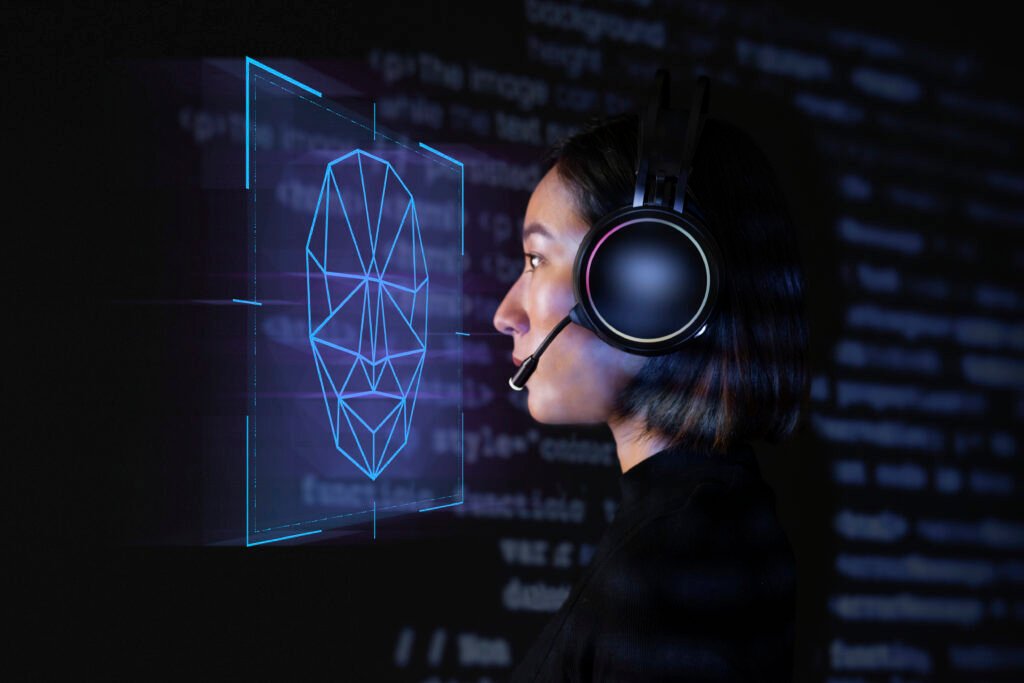Deepfake technology has rapidly evolved over the past few years, with applications spanning various fields from entertainment to cybersecurity. One of the most intriguing aspects of this technology is deepfake voices. By using artificial intelligence to create synthetic speech that closely mimics real human voices, deepfake voices are revolutionizing how we interact with audio content. In this blog, we’ll explore what deepfake voices are, how they work, their applications, and the ethical implications of this technology.
What Are Deepfake Voices?
Deepfake voices refer to artificially generated audio that replicates human speech patterns and characteristics. Using advanced machine learning algorithms and neural networks, deepfake voice technology can create highly realistic voice recordings that sound like a specific person. This is achieved by training models on extensive datasets of the target person’s voice, allowing the technology to produce convincing voice simulations.
How Do Deepfake Voices Work?
1. Data Collection:
- Voice Samples: To create a deepfake voice, a large amount of audio data is required. This includes recordings of the target person speaking in various contexts, tones, and emotions.
- Training Dataset: The collected voice samples are used to train a neural network, which learns to replicate the vocal characteristics of the target person.
2. Neural Networks:
- Model Training: Deepfake voice models are built using deep learning algorithms that analyze the nuances of the target’s voice, such as pitch, cadence, and pronunciation.
- Voice Synthesis: Once trained, the model can generate new audio clips that simulate the target’s voice, even producing speech that the person has never actually spoken.
3. Fine-Tuning:
- Voice Cloning: The generated voice can be further refined to match specific requirements, such as adjusting for different emotions, accents, or speaking styles.
- Contextual Adaptation: Deepfake voices can be adapted to various contexts, such as formal announcements, casual conversations, or emotional dialogues.
Applications of Deepfake Voices
1. Entertainment and Media:
- Voiceovers: Deepfake voices can be used to create voiceovers for movies, video games, and animations, allowing for realistic and engaging audio experiences.
- Audiobooks and Podcasts: This technology can generate synthetic voices for narrating audiobooks or hosting podcasts, providing content creators with more flexibility.
2. Customer Service:
- Virtual Assistants: Businesses can use deepfake voices to create personalized virtual assistants or interactive voice response (IVR) systems that sound more natural and engaging.
- Localization: Deepfake voices can be used to localize content into different languages while retaining the original speaker’s tone and style.
3. Accessibility:
- Speech Synthesis for Disabilities: Deepfake voices can help individuals with speech impairments by providing them with a voice that accurately reflects their own or another preferred voice.
- Voice Restoration: For people who have lost their ability to speak due to illness or injury, deepfake voice technology can be used to recreate their natural voice.
4. Personalized Content:
- Custom Voice Messages: Companies and individuals can use deepfake voices to create personalized greetings, announcements, or promotional messages tailored to their audience.
Ethical Considerations and Challenges
1. Privacy and Consent:
- Unauthorized Use: The ability to create deepfake voices of individuals without their consent raises significant privacy concerns. Misuse of this technology can lead to unauthorized voice impersonation and privacy violations.
- Consent Management: It is crucial to obtain explicit consent from individuals before using their voice data for deepfake purposes.
2. Misinformation and Manipulation:
- Fake News and Deception: Deepfake voices can be used to create convincing fake audio clips that spread misinformation or deceive the public.
- Combatting Misuse: Developing and implementing robust detection methods and regulations is essential to prevent the malicious use of deepfake voices.
3. Ethical Use and Responsibility:
- Transparency: Organizations and individuals using deepfake voices should be transparent about their use of synthetic audio and clearly distinguish it from real voices.
- Responsible Application: Ensure that deepfake voice technology is used responsibly and ethically, respecting individuals’ rights and maintaining public trust.
Future of Deepfake Voices
As technology continues to advance, deepfake voices will become even more sophisticated, offering new possibilities and applications. Innovations in AI and machine learning will likely improve the realism and versatility of synthetic voices. However, with these advancements come ongoing challenges related to ethics, privacy, and security. Balancing innovation with responsible use will be key to harnessing the benefits of deepfake voices while mitigating potential risks.





